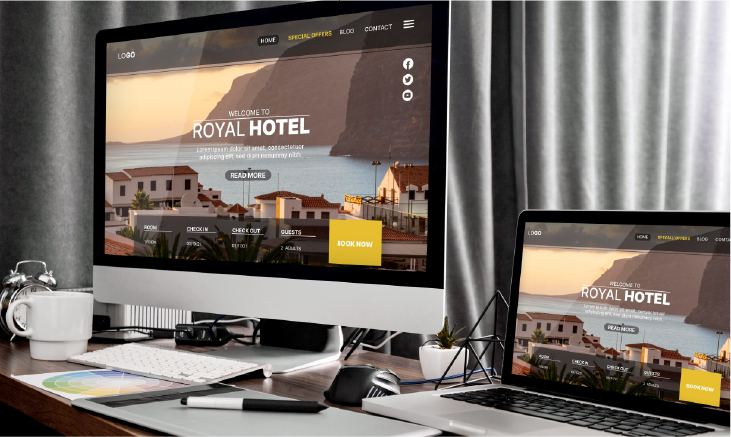
Responsive Web Design (RWD) is an approach to web development that focuses on creating web pages that provide an optimal viewing and interaction experience across a wide range of devices and screen sizes, from desktop computers to smartphones and tablets. RWD aims to ensure that web content adapts fluidly to different viewport sizes and orientations by using flexible grids, layouts, and media queries. This allows users to access and navigate websites seamlessly regardless of the device they are using.
- Performance Optimization: Responsive Web Design also involves optimizing website performance for mobile devices by minimizing page load times, reducing file sizes, and prioritizing content delivery based on device capabilities and network conditions.
- Accessibility: Accessibility is an important consideration in Responsive Web Design, as it ensures that websites are usable and navigable by people with disabilities. Web developers should follow best practices for accessible design, such as providing text alternatives for images, using semantic HTML, and ensuring keyboard navigation support.
Overview
Device Agnostic: Responsive web design ensures websites adapt seamlessly to different devices and screen sizes, providing optimal viewing and interaction experiences for users on desktops, tablets, and smartphones.
Flexible Layouts: Responsive layouts use flexible grids and fluid layouts to automatically adjust content and design elements, maintaining proportions and alignment across various screen sizes.
Media Queries: Media queries allow developers to apply different styles based on factors such as screen width, resolution, and orientation, enabling targeted design adjustments for specific devices or breakpoints.
Improved User Experience: Responsive design enhances user experience by eliminating the need for horizontal scrolling, optimizing readability and navigation, and reducing load times on mobile devices.
SEO Benefits: Responsive websites benefit from improved search engine rankings, as search engines prioritize mobile-friendly sites in mobile search results, leading to increased visibility and traffic.

